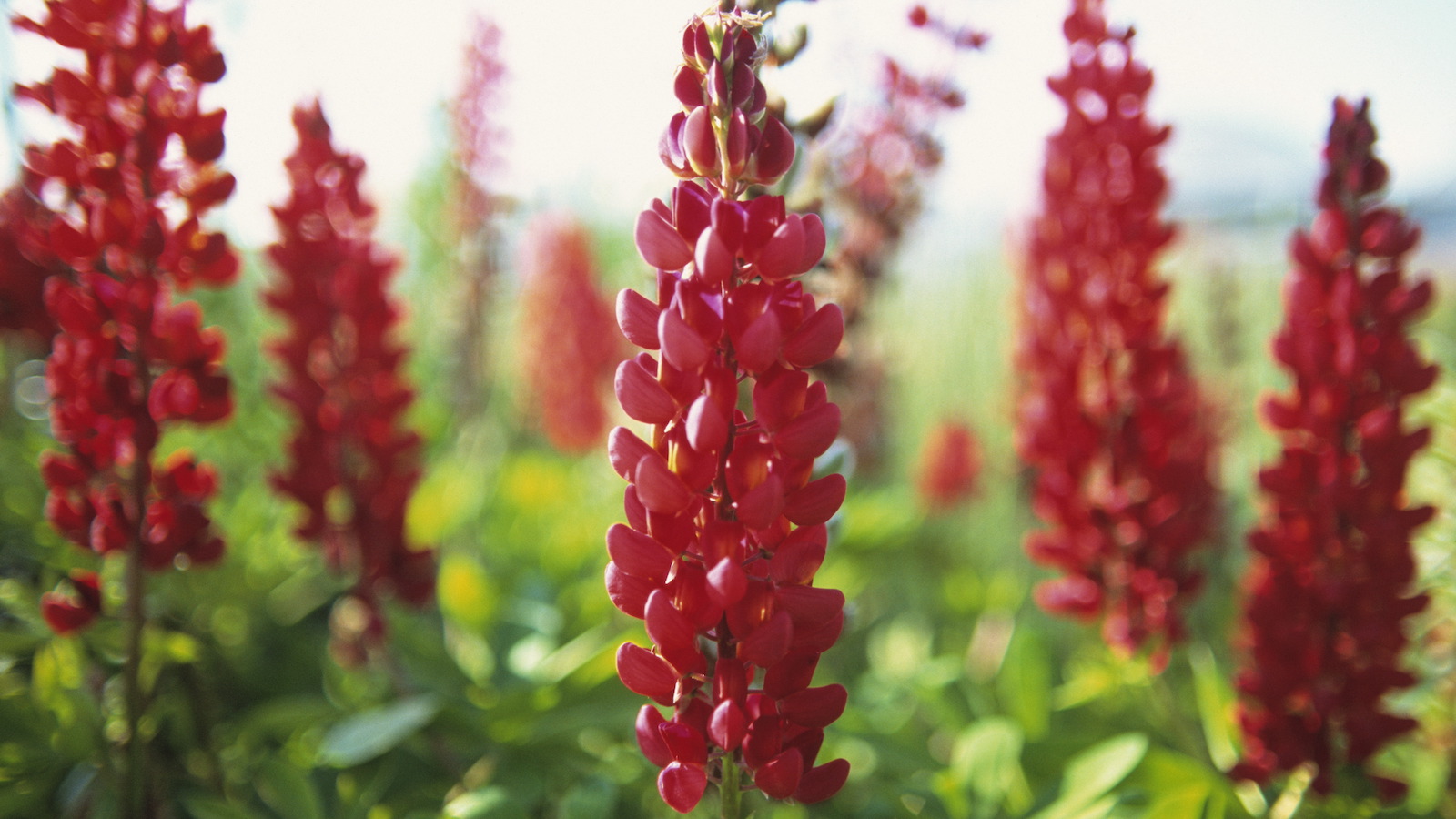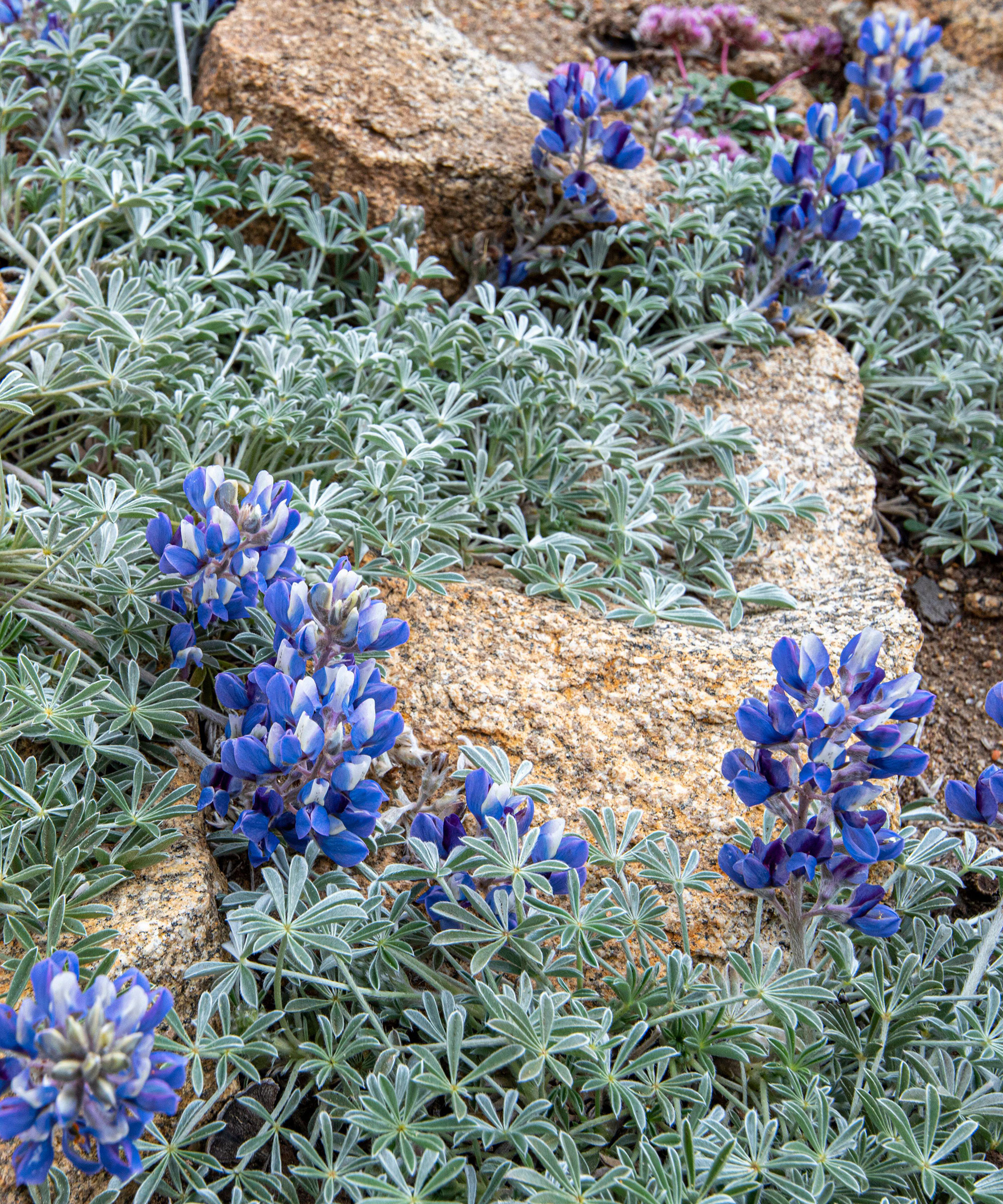
It’s easy to propagate lupines and make new plants to create an even more spectacular show in late spring and summer. With spikes in a range of shades, they’re impactful flowers, and if you learn how to propagate lupines you can boost your collection without going to the expense of buying new plants.
Lupines are the perfect choice for a range of flower bed ideas and for borders and they make excellent cut flowers, too. They’ll attract beneficial bees and butterflies to the yard and are easy to grow and care for.
We asked the experts to share their insight into how to propagate lupines so you can increase the number of blooms in your yard from your existing plants or those of a friend or neighbor, and this is what they told us.
3 ways to propagate lupines
Lupines are an excellent choice for a wildlife garden, or as part of any selection of cottage garden plants in a cottage garden border. They’re deer-resistant plants, too.
If your goal is to cultivate new plants, there are three different ways to propagate lupines: from cuttings, from seed, and from division. It’s worth knowing about all of them but you should be aware that one method is recommended above the others.
‘The best way to propagate lupines is from cuttings,’ says H&G’s gardening expert Drew Swainston. ‘Plants grown from seed will flower in many colors as they don’t come true and replicate the parent plant, while division is very tough to succeed with due to a lupin’s long tap root. Basal cuttings from a healthy plant are really the most guaranteed way to get a successful replication of a lupin that you like.’

1. Propagate lupines from cuttings
Propagating from cuttings offers advantages. ‘Taking cuttings allows you to propagate new lupine plants without relying on seeds alone, giving you more control over plant quality and characteristics,’ explains Susan Brandt, co-founder of Blooming Secrets.
Get the timing right. ‘The best time to take a cutting from a lupine is during the spring before the plant is actively growing,’ says Susan. ‘Look for healthy, mature stems that are about 4 to 6 inches long. Ensure that the stem has at least two sets of leaves. Use clean, sharp pruning shears or scissors to make a clean cut just below a leaf node (the area where leaves emerge from the stem).’
You might want to use the rooting hormone, although this isn’t essential. ‘Some gardeners choose to dip their cuttings in rooting hormone powder before planting them to promote faster root development,’ says Susan.
Plant the cutting next. ‘Prepare a well-draining planting medium using equal parts perlite and potting soil or use a seed-starting mix,’ says Susan. ‘Make a hole in the planting medium using your finger or a pencil and gently insert the bottom end of the cutting into it, ensuring that at least one set of leaves is above the soil surface.’
You’ll need to wait a while before transplanting. ‘Once roots have formed (usually after several weeks), carefully transplant your rooted lupine cutting into individual pots or directly into your garden bed,’ says Susan.
2. Propagate lupines from seeds
If you like the idea of propagating from seed, don’t deadhead lupines. Instead, allow them to form seedpods. Leave the seedpods on the plants until they turn from green to brown before you harvest seeds. Be sure to keep a close eye on them, though, so they don’t open on the plant, shedding the seeds.
Harvest on a dry day. Pull the brown pods off the plant and leave them to dry somewhere warm. The pods will open when they’re completely dry; or if they don’t but you can shake them and hear the dry seeds rattling, they can easily be opened by gently squashing the pod.
Store the seeds in labeled packets or envelopes within an airtight container. They need to be kept dark, dry and cool.
Sow lupine seeds in spring after the last frost. Nick their coating with a knife and soak in water for 24 hours before sowing them in your garden.
Bear in mind that growing from seed has uncertain results. ‘Lupines grown from seeds may not retain all the desirable traits of their parent plants,’ says Susan Brandt. ‘Lupine hybrids, in particular, may produce offspring with inconsistent colors or characteristics compared to their parents.’
3. Propagate lupines through division
Lupines can be divided in the spring to create new plants. However, the division has low success rates because of the plant’s root system. If you want to try, choose a plant with several crowns (the crown is where the stems join the roots). To divide a lupine like this, carefully dig it out, shake the soil from the roots, then pull it into pieces which each have good roots. Plant the divisions right away and water in the well.
‘Potential drawbacks to consider when dividing lupines are that the process itself requires careful handling of the plants’ delicate root systems, which may be challenging for less experienced gardeners,’ says Susan Brandt.
‘Not all varieties of lupines are well suited for division and may not respond positively to this propagation method,’ she continues. ‘Divided plants may experience some transplant shock initially as they adjust to their new surroundings. Adequate watering and monitoring during this period will be crucial in ensuring successful establishment.’
FAQs
What time of year should you propagate lupines?
Propagate lupines in spring. ‘You can grow lupines from seed, from basal cuttings, or by division,’ says a gardening expert at Homes & Gardens Drew Swainston. ‘Seeds are best sown in early spring to be planted out from May onwards. Basal cuttings should be done in spring, as would division – though the latter is not the most reliable method of propagating lupins. Overall, whatever way you want to propagate lupins, spring is the best time of year to take on the task.‘
Propagating lupines from cuttings is likely to prove the optimum way to make new plants. ‘By taking cuttings from a healthy parent plant, you can create new lupine plants with similar characteristics,’ says Susan Brandt of Blooming Secrets. ’One of the main advantages of growing lupines from cuttings is that it allows you to replicate desirable traits found in the parent plant. This means that if you have a particularly stunning or unique variety of lupine, you can create multiple plants with the same attributes.’







